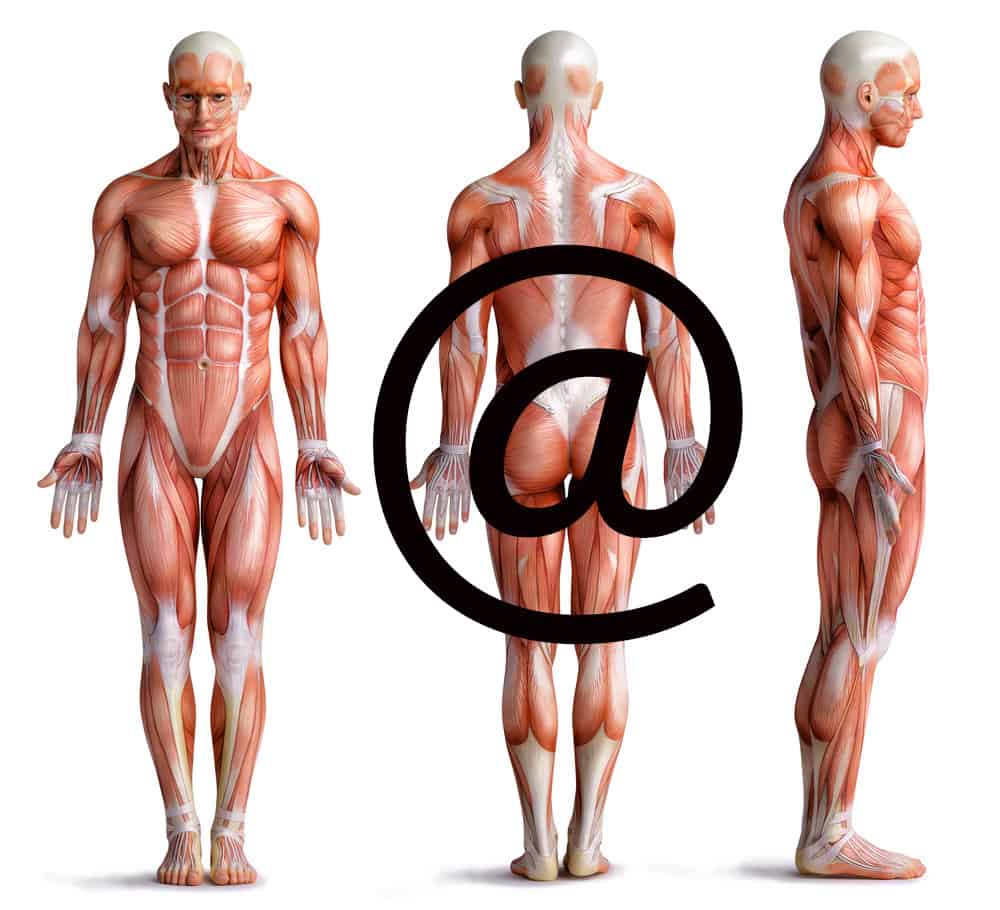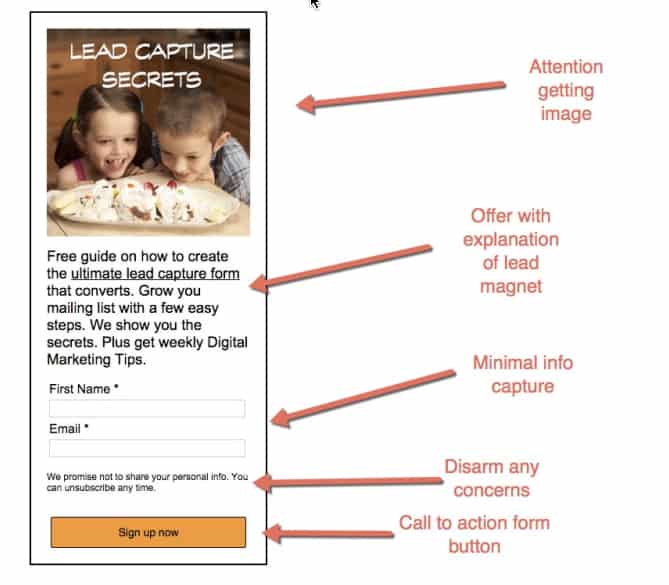So what makes a great email? It’s a question newcomers to email marketing ask all the time. We live in the era of post email blasts. No one can get away (for long) with sending out spammy self serving emails to any address they can get their hands on.
The New Email Marketing Rules however guarantee that a well written email aimed at an opted in list of interested subscribers will work to forward your brand and likely sell whatever you are hawking. So here is the anatomy of a great marketing email:
1. Start with a great subject line. Be short and to the point and generate curiosity. Lines like: The one reason why most people fail at business. Or “Our site’s No. 1 dessert recipe”. Or: “What’s on all men’s minds”. A good subject line begs the reader to open the email because it keeps something hidden, or peaks curiosity.
2. Send from a real person, not a brand or a company. Human to human contact is more interesting and tweaks a human instinct to connect. Email from Joe’s Plumbing is less interesting than Joe Walsh, Master plumber.
3. Your salutation should be Dear Mike, or Hi Mike, or Hey Mike, and not Dear Friend, or Hi there. Most email systems can address people using wildcards by their first name so be sure that you collect a first name at minimum in your opt-in form when someone signs up.
4. Get attention with your opening paragraph. The first words of your email should grab a person’s attention. Get to the point. You can tell a brief story or share a cool fact or data or pose a question. I once had a really successful client who refused to invest in search engine optimization. I go on to tell the story of why and what happened when they finally did take SEO seriously. My partner Kay had an email that started – What does a raccoon riding on an alligator have to do with marketing? Then she shows a picture of an actual raccoon riding an alligator. And explained her point. It was pretty compelling. (Read the weird alligator riding raccoon story here.)
5) The body of the email should inspire. Keep it short and write longer if you can keep a rhythm and hold engagement. But the body of the email should inspire the reader to keep reading. Make a point, teach a lesson, give value. The reader should think or say out loud. Hmmm. Or oh cool. Or wow. That response is a trigger to demonstrate you have inspired them. It’s easy to sell into inspiration.
6) Create some desire. Moving into the middle and bottom of the email, it’s time to create desire. You should remember that you are looking for the end user to take an action. In fact you are going to call them into action shortly, so it’s time to create desire. After your attention getting and inspiring material, you need to close the gap between what was written and what the reader could have if they took your information to heart. So connect your info to a possible outcome. In my SEO story I talk about how the reluctant client finally invested in SEO and spent $2000 for a campaign that had a traffic doubling effect and helped them make more money with their web site. Then I say you don’t need to spend that to with an SEO agency, you just need to learn it yourself. And here’s the dirty secret. SEO is not hard. It’s just somewhat time consuming. Notice I play a bit with the reader’s emotions. $2K could be steep for some people. Then again doubling one’s web traffic is an awesome outcome. Then I let the reader know that SEO is easy (which it generally is) and you can learn it. From who? Guess! Yep, my course. So then I move into…
7) Call to Action…this is where you connect all the dots. You’ve told a compelling story or share something of value that the reader appreciates. You’ve inspired them and created desire for something they could have. You might have toyed with their emotions. Now it time to ask them do something. Create an opportunity and have them take action on the opportunity. In Kay’s case she just asked them to read an article on the Cyberwalker.com web site. But they sure wanted to. In my SEO piece I just wanted to test to see if they were engaged early in a funnel, so I ask them to tell me a story about their SEO frustrations. Engagement rate has been good. Of course this would also be where you ask someone to buy or register or something that forwards your agenda in the relationship or communication.
8) Sincerely yours….We are not done yet. Sign off from a human, the sender. Not just The Team at Joe’s Plumbing… or ABC Corporation. Be personable.
9) P.S. Add a Post Script. This is a fun way to remind them of something or toss out a teaser at the end of the email. I usually put hints about upcoming products or services. You can do things like P.S. Don’t miss next week’s email because I’ve decided to giveaway a grab it before its gone discount to my course. Or you could also do: P.S. My email marketing course development is under way too. I’ve been feverishly writing the ebook and I promise to share a sneak peak of some of it with you when I get it into shape. Or perhaps another off-handed CTA.






